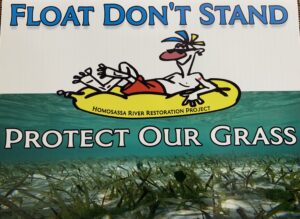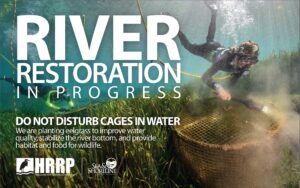Farm Raised Eelgrass
So just where does the Homosassa River Restoration Project (HRRP) get all of the grass it plants in our river? And what type of grass are you planting anyways? Well glad you asked. Just as your neighbor would not appreciate you taking all of their sod from their yard to put into yours our project does not take grass from some other perfectly healthy ecosystem just so we can have some here. HRRP prefers to purchase farm raised grass.
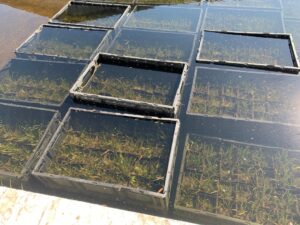
 Our contractor, Sea & Shoreline, grows all of the grasses installed here in Homosassa at a farm in Ruskin FL. By growing the grasses themselves they have better control over growth rates, preparation for planting, species type, and even the sex of the plant. Yes grasses are male or female.
Our contractor, Sea & Shoreline, grows all of the grasses installed here in Homosassa at a farm in Ruskin FL. By growing the grasses themselves they have better control over growth rates, preparation for planting, species type, and even the sex of the plant. Yes grasses are male or female.
What Type of Grass?
In this section of the Homosassa River HRRP is planting the species of eelgrass Vallisneria americana, There are two different types called “Rockstar” and “Salty Dog”. As the name implies, “Salty Dog” has a higher tolerance for increased levels of salinity. Vallisneria americana is often used in aquariums but is native to Florida and found in waters throughout the state. It forms strong underground runners which helps it spread and protects it from being uprooted by hungry manatees.
From Farm to River
When grasses on the farm are large enough they are either individually placed into pods or placed in four-inch (4”) Peat Pot planting units.
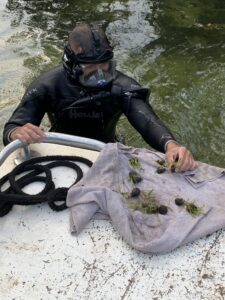

From harvesting and preparation on the farm to installation on the river bottom by divers, all of this work is painstakingly done by hand. It is time consuming and expensive but the success of the restoration project depends upon the growth and survival of healthy eelgrass meadows.
The Homosassa River had suffered a 90% loss of plant based vegetation which had been replaced by Lyngbya Algae. When the restoration project began there were no grass beds in this area.
Below is how the river bottom appeared in Phase 1 during initial cleaning.
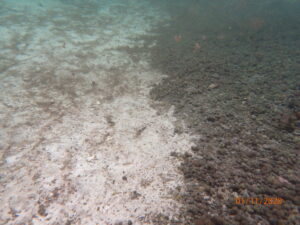
This is the same area 2 years after the initial planting in Phase 1.
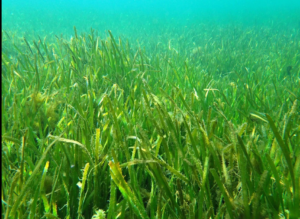
Check us out on Facebook.
The success of this program depends on people like YOU! DONATE if you can and help the Homosassa River.

